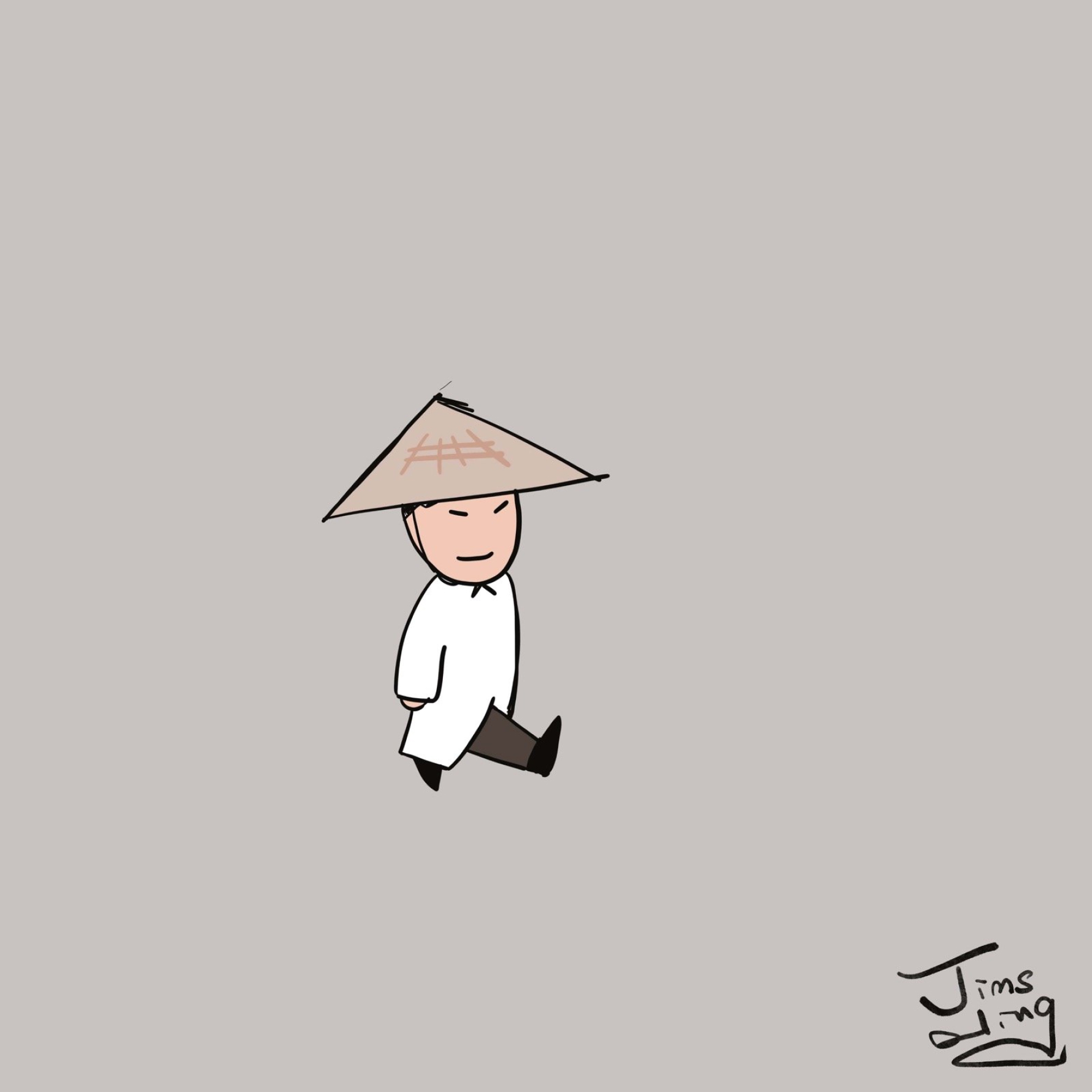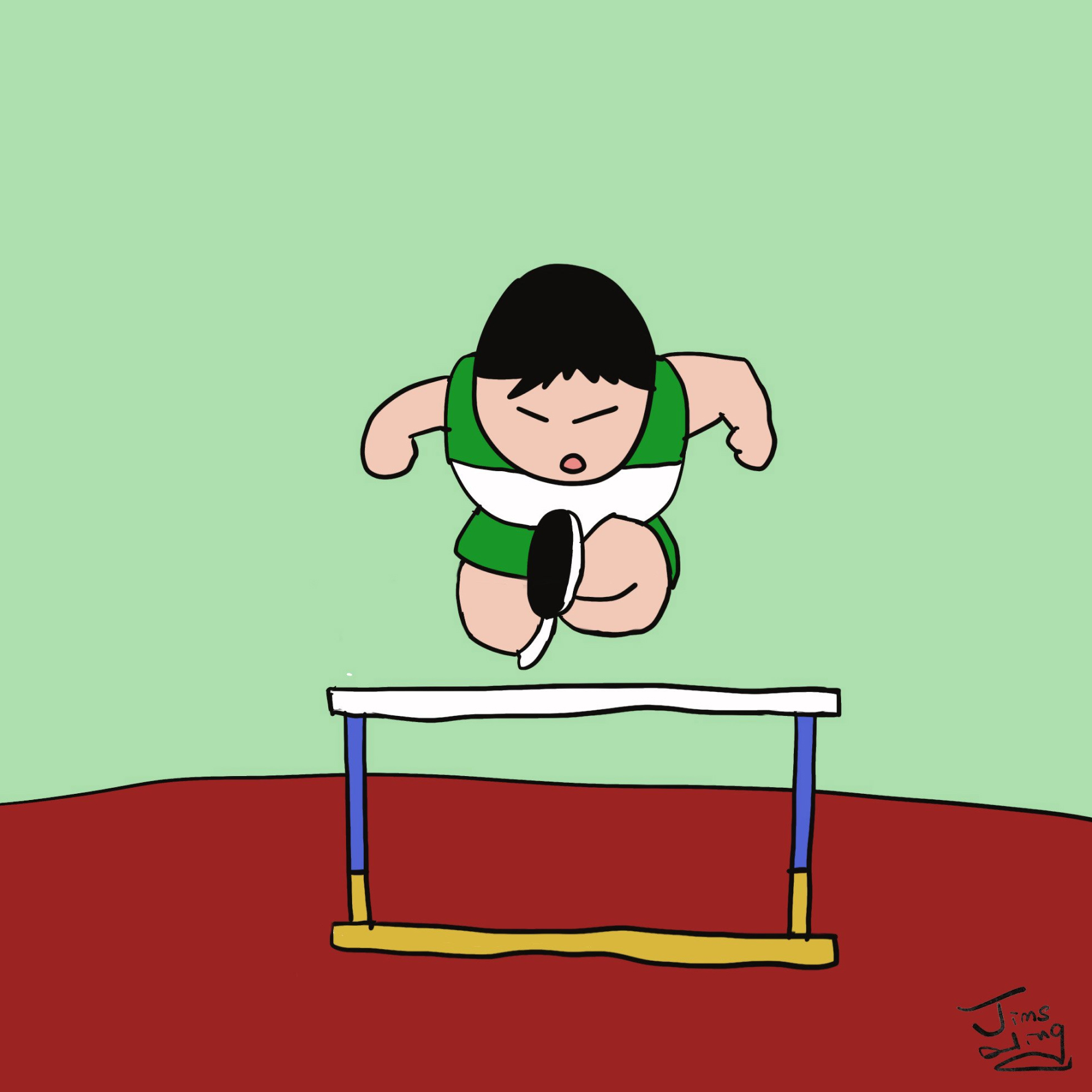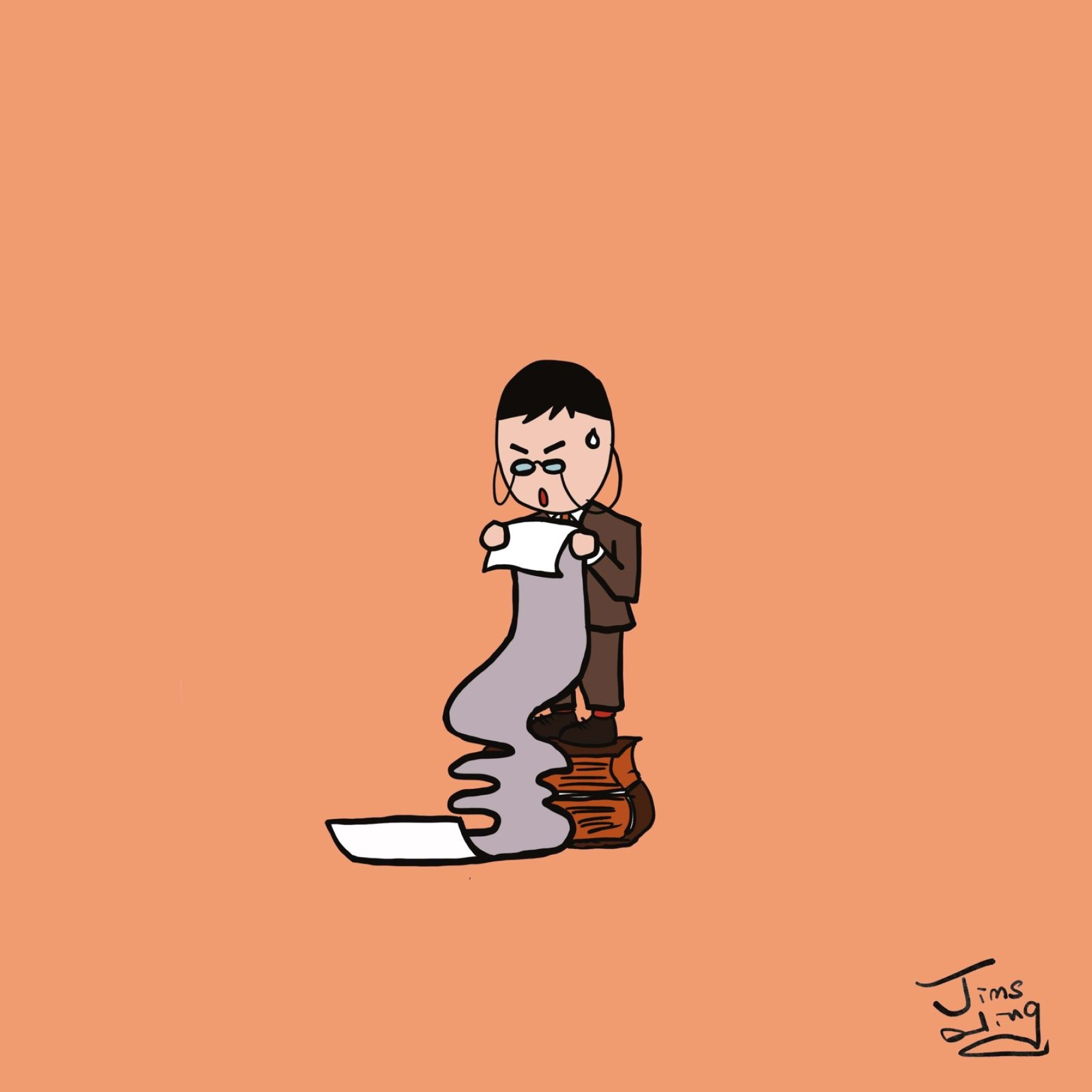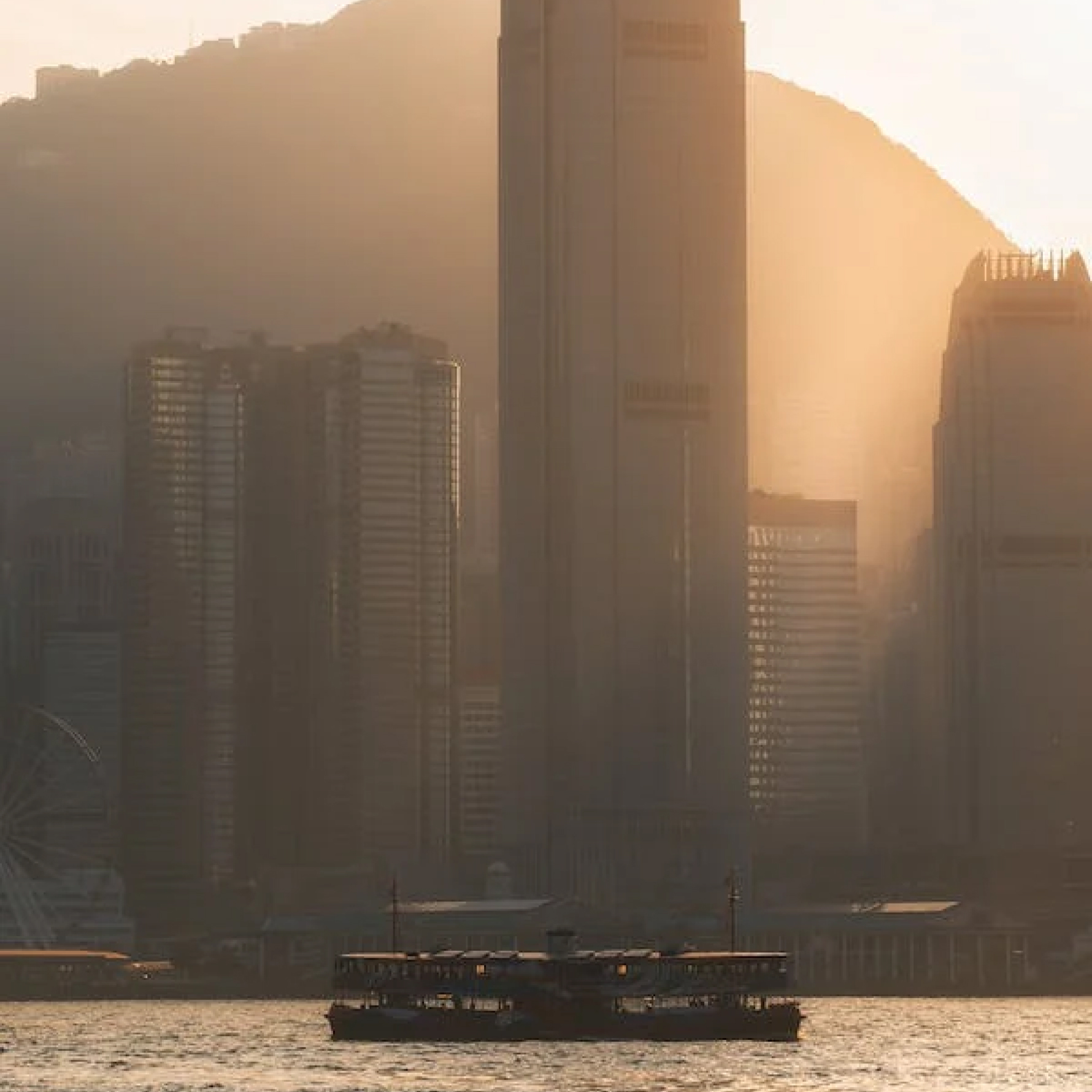Your Hong Kong trademark applications could not always be smooth. One major reason is that your trademark is considered as confusingly similar to an earlier mark in the Hong Kong trade mark register (the “Relative Grounds”). Arguably, Hong Kong is a small jurisdiction, and therefore the number of earlier marks is not comparable to larger jurisdictions such as the United States and China. In turn, the chance of encountering official objections on relative grounds may not be very high. If however you are rather unlucky that your Hong Kong trademark applications are blocked by an earlier trademark registration, especially when your trademark (for example, Lodaka) really looks quite similar to the earlier one (Lodaca), your trademark agent may advise you to consider filing non-use cancellation against the earlier Lodaca trademark registration in order to secure your Lodaka trademark application.
Trademark registrations in Hong Kong can sometimes be a bumpy ride. One major obstacle that applicants may encounter is an earlier mark in the trademark register that is deemed confusingly similar to their own mark, also known as “Relative Grounds.” Arguably, Hong Kong is a relatively small jurisdiction with a smaller size of earlier marks registered compared to larger countries such as the United States and China, official objections on relative grounds may still arise, leaving trademark applicants scratching their heads.
Imagine your trademark (let’s say Lodaka) is looking pretty good, but then you find out there is an earlier registration for a confusingly similar mark (Lodaca). This can be quite frustrating and may even make you feel like throwing in the towel. However, fear not! Your trusty trademark agent may recommend filing a non-use cancellation against the earlier Lodaca registration to boost your chances of securing your Lodaka trademark application.
But hold on a minute! In this article, we would show you some nice tips before you decide to proceed with this aggressive course of action in Hong Kong.
Table of Contents
ToggleNot every trademark is subject to non-use cancellation!
Trademark owners in Hong Kong may face non-use cancellation if they fail to genuinely use their trademark for a continuous period of three years after registration. However, determining the exact starting point of this period could be tricky.
For example, let’s say the Lodaca trademark was filed in Hong Kong on 1 February 2021, and after going through the trademark process fairly smoothly, it was officially registered on 31 July 2021. Now, fast forward to 31 May 2024 – can a non-use cancellation be filed against Lodaca? Not quite yet! The three-year non-use period only begins from the registration date (31 July 2021 not 1 February 2021), which means we will have to wait until 31 July 2024 to consider initiating a non-use cancellation against the Lodaca registration.
But here is the catch – the effective date of cancellation must also be earlier than the application date of any subsequent Lodaka application in Hong Kong. In other words, if you want to secure your Lodaka trademark, the effective date of cancellation must be before you file a new application, or otherwise, the non-use cancellation won’t be of much help. So, in the above scenario, you have no choice but to refile your Lodaka trademark application on 1 August 2024. This is very different from other jurisdictions where the effective date of cancellation is considered acceptable as long as it occurs before the decision of an appeal.
It will take quite some time and money to complete the non-use cancellation.
Imagine embarking on a journey to cancel a trademark registration in Hong Kong. It would be a long and winding road, full of hurdles and expenses, especially when you compare with the China counterpart.
Assuming that you are ready to take on the challenge of canceling the Lodaca registration, the first step is to conduct a thorough investigation into the registration’s use in Hong Kong for each of the registered items. This is where you would want to enlist the help of a professional investigator, as they are required to provide a statutory declaration that documents the entire investigation process.
It’s worth noting that the investigator’s findings may be challenged, which means they could end up being called into the witness box for cross-examination at later stages of the proceedings. This underscores the importance of engaging an investigator with the right skills and experience to conduct a thorough investigation that can withstand scrutiny in court.
If investigation warrants further actions, you will need to prepare the necessary papers and evidence (including the statutory declaration) and file the same with the Trade Marks Registry of Hong Kong. The owner of Lodaca registration will then have six months to make a response. A hearing within the Trade Marks Registry will then be fixed.
And don’t forget about the legal fees. Hong Kong trademark lawyers are among the highest-paid in the world, and losing the non-use revocation means compensating the Lodaca registration owner’s legal fees, which could be astronomical especially if they have hired a barrister.
All in all, this non-use revocation process could take up to two years and cost over US$15,000 per party easily. That’s a US$30,000 gamble at minimum. Anyway, Hong Kong has a fantastic mechanism that encourages parties to settle before resorting to such costly and time-consuming measures. So why not take advantage of this system and see if you can work out a mutually beneficial agreement? Come follow us!
We have a fantastic mechanism tip in favour of settlement in Hong Kong
Hong Kong’s trademark system offers some intriguing incentives for parties to settle their disputes before resorting to any aggressive legal action.
For example, you can first attempt to communicate with the owner of Lodaca registration and ask them to voluntarily surrender it before taking any further steps. However, we read and understand your worry that such a request could tip off the owner of Lodaca registration and prompt them to resume genuine use of their trademark, which may totally destroy your non-use claims. Fortunately, Hong Kong law provides a buffer period and that any resumed commercial use within three months before the cancellation action will not be taken into account. In other words, you will have 3 months to negotiate with the owner by keeping everything status quo.
Another interesting aspect of Hong Kong’s trademark system is the emphasis on thoughtful consideration before and during taking legal action. The lengthy and expensive procedures encourage parties to weigh their options carefully and avoid any unnecessary escalation. If one party is found to be unreasonable during negotiations, they may even be penalized on the cost issue.
Finally, parties can always apply for a stay of proceedings when locking the horns, effectively putting a pause on any legal deadlines or costs. This can be an effective way to ensure that negotiations are not impeded by any looming statutory deadlines.
The advice given above is intentionally simplified to avoid any confusion. We recommend seeking our full and personalized advice for your specific needs. Origin is a boutique IP service provider in Hong Kong with global 500 clients. Please do not hesitate to contact Origin at tsminfo@originbc.com for any trade mark matters. Please also visit our website https://www.originbc.com.








